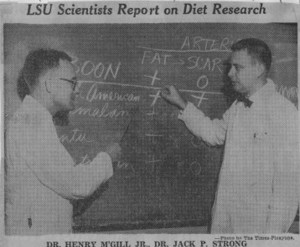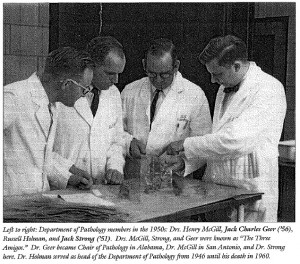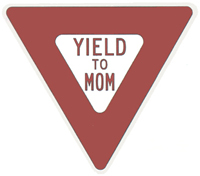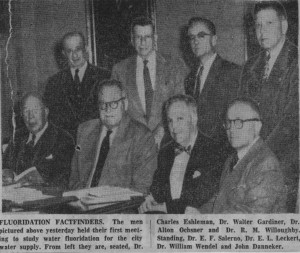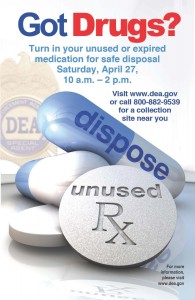New AAP Ebooks
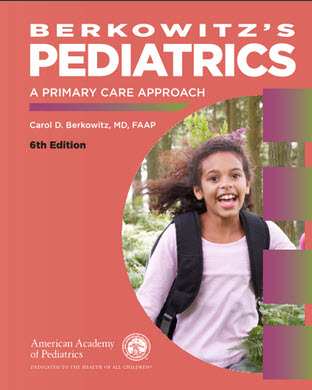
The Library has renewed the American Academy of Pediatrics ebooks database and added 18 new ebooks to our collection.
Pediatric mental health: a compendium of AAP clinical practice guidelines and policies.
AAP Healthy development and well-child support chart
Nelson’s pediatric antimicrobial therapy 2020
Questions from NeoReviews: a study guide for neonatal-perinatal medicine
The new baby blueprint: caring for you and your little one
Berkowitz’s pediatrics: a primary care approach
Adolescent health: a compendium of AAP clinical practice guidelines and policies
Injury and violence prevention: a compendium of AAP clinical practice guidelines and policies
Pediatric otolaryngology for primary care
Building resilience in children and teens: giving kids roots and wings
Managing behavioral issues in child care and schools: a quick reference guide
Challenging cases in pediatric cardiology
Pediatric coding basics: an introduction to medical coding
Co-parenting through separation and divorce: putting your children first
Pediatric plastic and reconstructive surgery for primary care
Newborn and infant nutrition: a clinical decision support chart
Medications in pediatrics: a compendium of AAP clinical practice guidelines and policies
The database from American Academy of Pediatrics (AAP) contains over 200 ebooks and includes a wide range of pediatric topics, from dermatology to parenting. There are coding manuals and ebooks on practice management, as well as patient guidelines for new parents. There are even a few titles in Spanish.
You can browse the database or search by topic or title. The titles can also be accessed through the Library catalog. And we also have access to the AAP database of neonatal resuscitation ebooks.

 myLSUHSC
myLSUHSC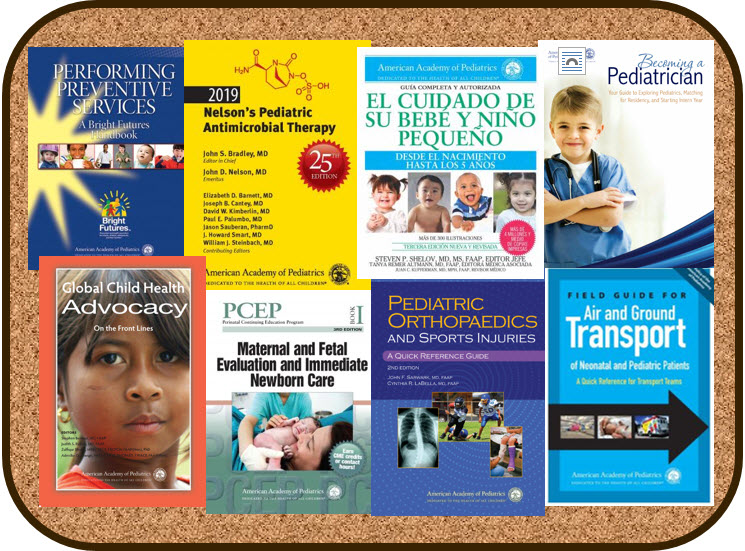 While you were hopefully enjoying your summer break, the Library has been busy adding ebooks! The new database from
While you were hopefully enjoying your summer break, the Library has been busy adding ebooks! The new database from  EBSCOhost E-books may be printed, saved, or emailed one chapter at a time.
EBSCOhost E-books may be printed, saved, or emailed one chapter at a time.
 AccessMedicine E-books may be printed one chapter at a time.
AccessMedicine E-books may be printed one chapter at a time.
